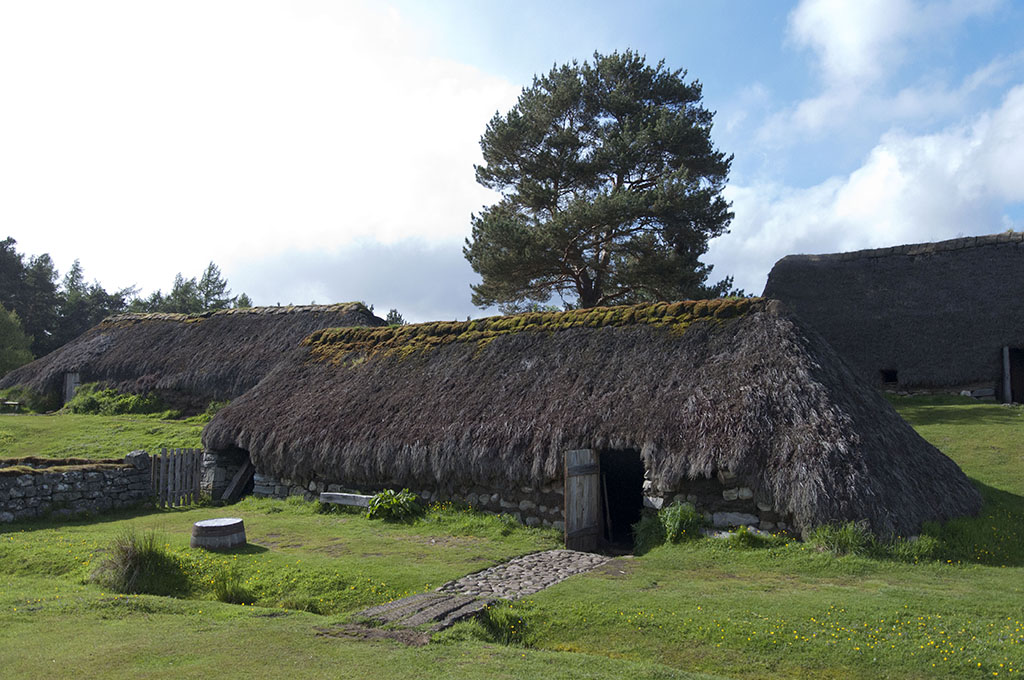
10 places Clan Morrison members should visit
Scotland’s clans can now be found in the four corners of the world, as they have moved away from their ancestral homeland.
Many, of course, are still resident in Scotland, and here we present 10 places that all members of Clan Morrison should visit before they die.
You can find out 10 facts you probably never knew about Clan Morrison HERE.

The Highland Folk Museum
1. Highland Folk Museum, Newtonmore
This living museum brings to life the every day domestic and working conditions of earlier Highlanders. Learn how Clan Morrison ancestors lived, how they built their homes, how they tilled the soil and how they dressed. Set in an 80-acre site with live actors and restored buildings, this museum helps bring history to life. Families can spend hours exploring the museum, and there are picnic and play areas, cafe and shops on site.
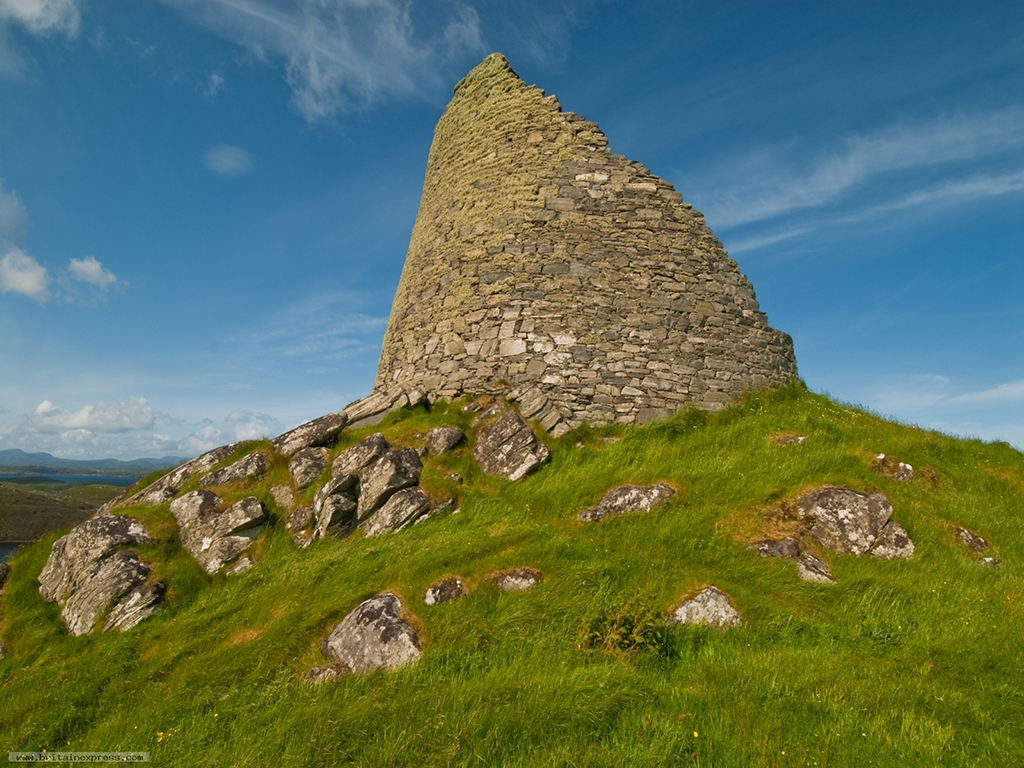
Dun Carloway
2. Dun Carloway
A broch, a circular drystone structure unique to Scotland, built in the 1st Century AD, with walls as tall as nine metres. Though built long before the Morrisons were established on the Isle of Lewis, the broch in Carloway was certainly used by them. Having stolen cattle from the MacAuleys of Uig, the Morrisons attempted to shelter in the broch – but they were smoked out by the MacAuleys who later destroyed the building. However the walls remained largely intact and the structure became one of the first officially protected monuments in Scotland in 1882.
3. Ness Heritage Centre
Located at Habost, this is a locally-run information centre covering both local history and family history with an impressive collection comprising some 500 artefacts illustrating the social, economic, cultural and religious life of Ness. Its strengths lie mainly in the fields of domestic life, social life, fishing and the sea, with material dating from the 19th and 20th centuries.
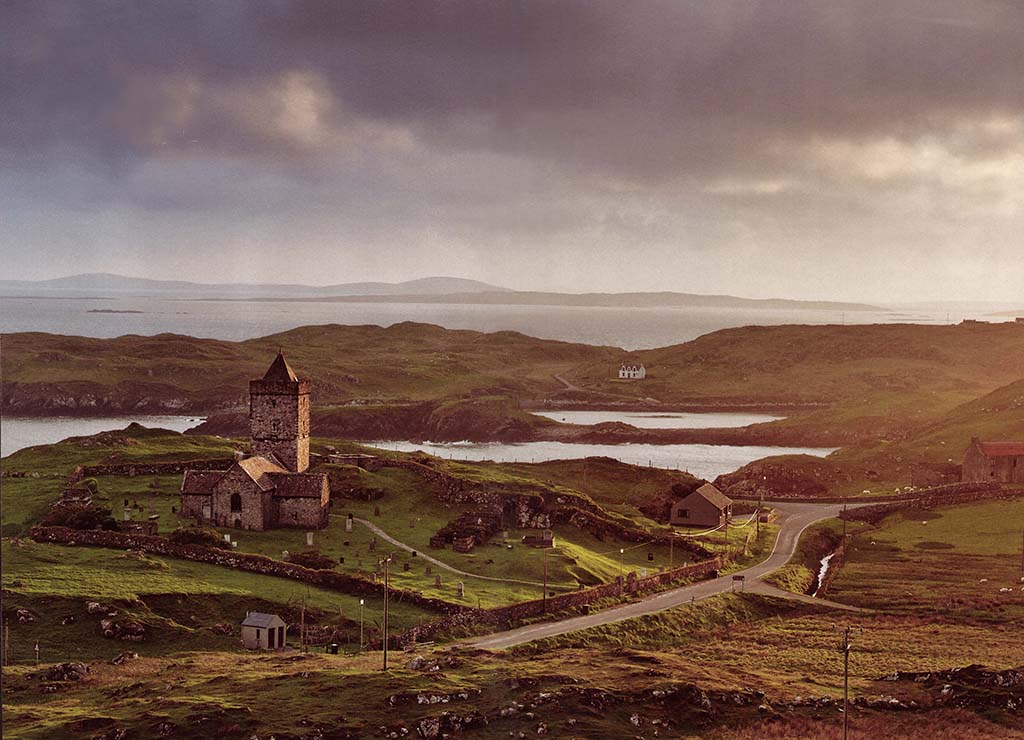
Rodel
4. Rodel
This church played a part in one skirmish with the MacAuleys, involving an assassinated Morrison and a vengeful retaliation. The retaliation was unsuccessful and the Clan Chief of the Morrisons was held captive at Rodel, a MacAuley stronghold on the south coast of Harris. The impressive church at Rodel plays host to the
graves of many MacLeods, including the wall tomb of Alasdair Crotach – one of the best Scottish examples of such a tomb.
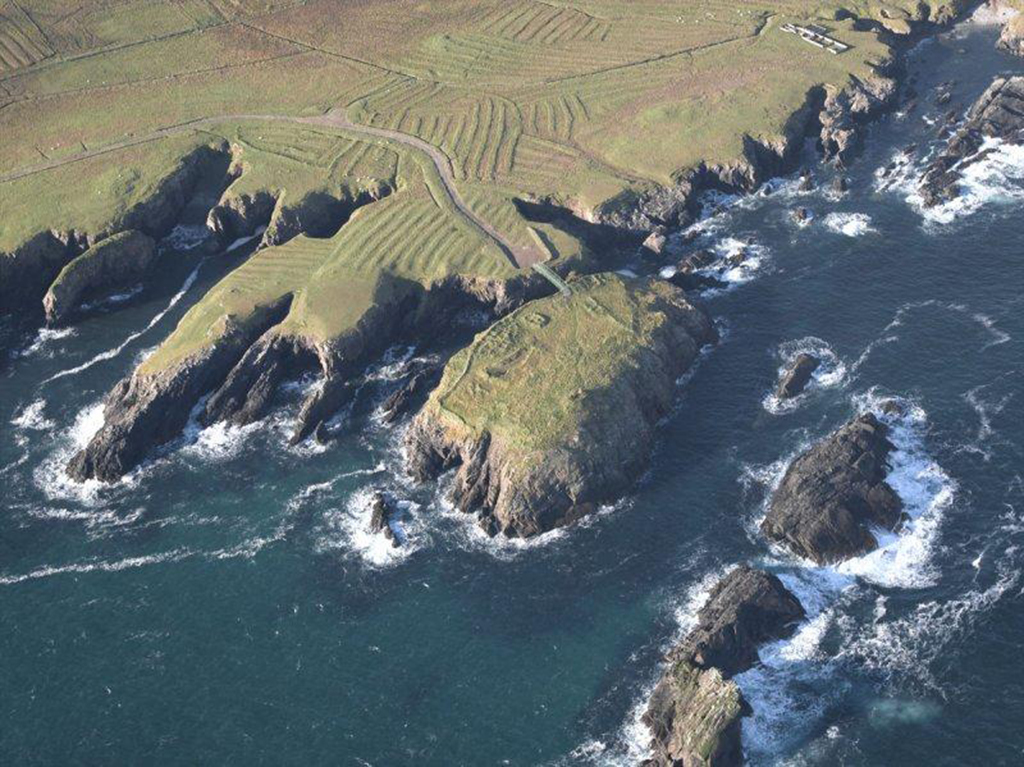
Dun Eistein
5. Dun Eistein
Visit what’s left of the Clan Morrison stronghold called Dun Eistein, a sea stack that is accessible on foot via a bridge at low tide. At high tide, the ravine fills with sea water and the bridge is inaccessible. Information boards complete with artist’s impressions give a rough idea of what the place looked like hundreds of years ago and offer details of how the medieval fort would have been laid out.
6. Clash An Trushal
Towering at 5.8 metres tall, Clach an Trushal – The Stone of Compassion – is located in the village of Baile An Truisiel on the west coast of Lewis. Said to mark the final great battle between the Morrisons and MacAuleys, it is far more likely that this stone is the remnants of an ancient stone circle.
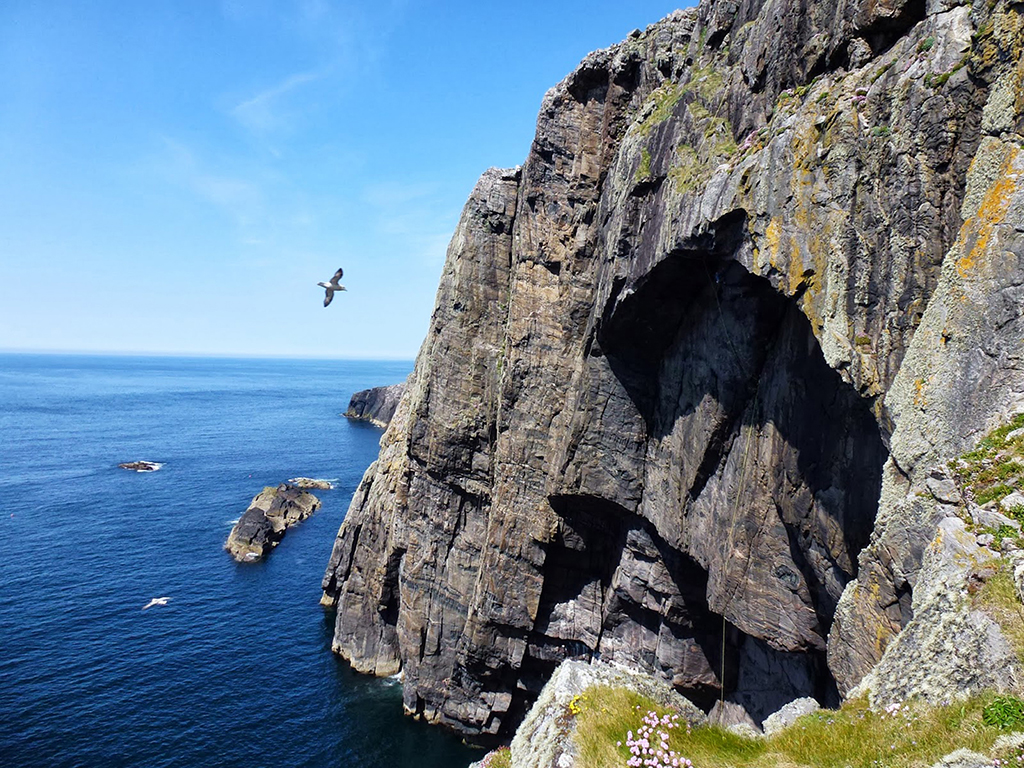
Pabbay
7. Pabbay
A small and currently uninhabited island which lies just off the south coast of Harris. The name Pabbay relates to the Norse word ‘Papey’, which means ‘island of the papar’. The papar were early Celtic Christian monks who supposedly once settled on the island. The Clan Morrison of Harris resided here, on what is exceedingly fertile land.
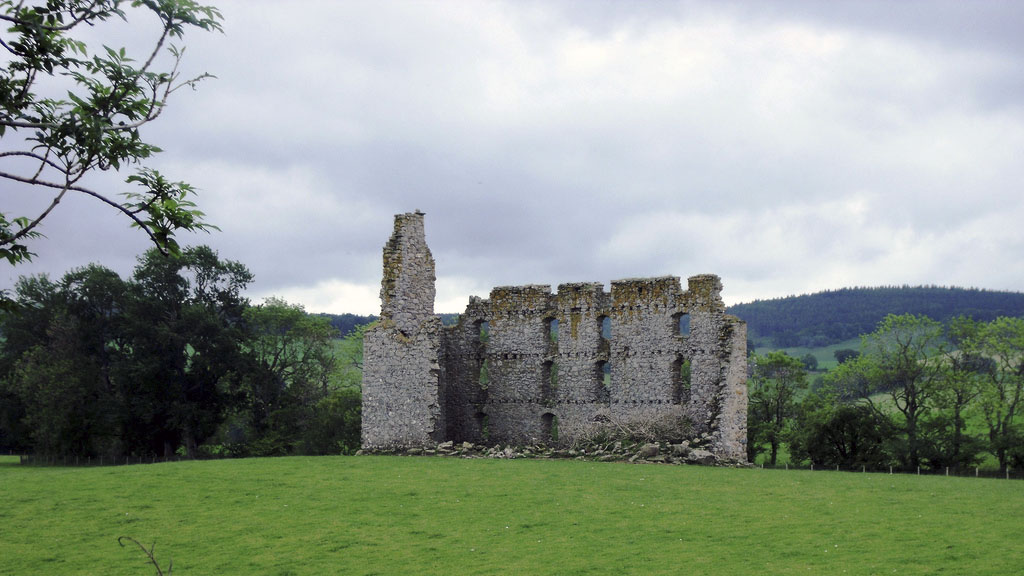
Bognie Castle
8. Bognie Castle
A ruined tower house near Huntley in Aberdeenshire (also known as Conzie Castle), Bognie Castle is thought to have been built in the 17th century by members of the Clan Morrison. The Clan is mostly known for its activity on the western isles – and particularly Harris and Lewis – but the Morrisons of Bognie, the Aberdeenshire branch, held the significant lands of the Bognie estate. Now a tall, gaunt and narrow ruin, the castle once stood four storeys high.
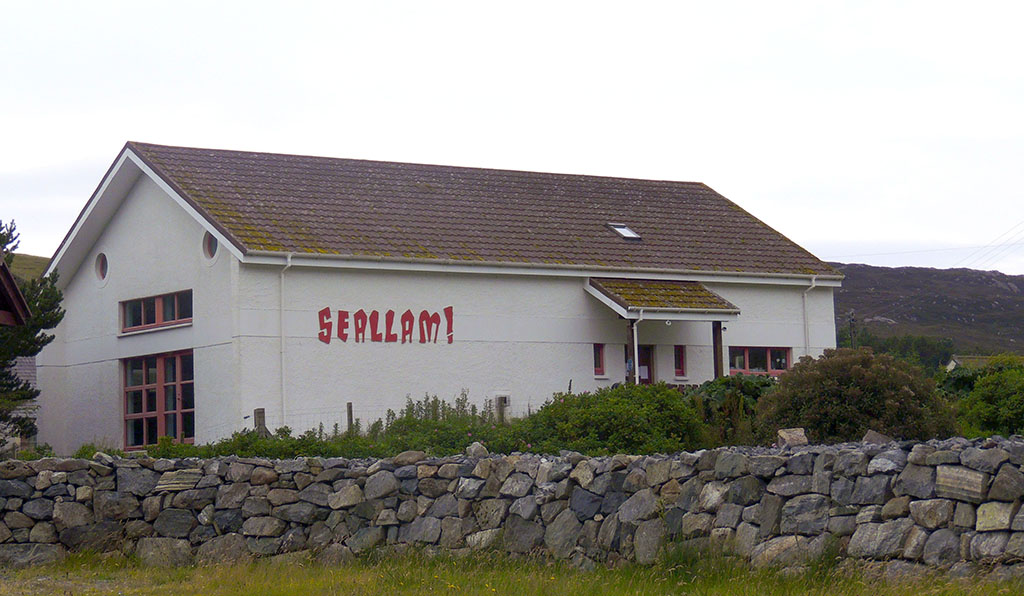
Seallam Visitor Centre
9. Seallam Visitor Centre
Located in An Taobh Tuath (Northton) at the southern end of the Isle of Harris, this centre of genealogy and social history in the outer isles is one of a kind, with records of every family of the Western Isles going back as far as 200 years, including a research bank of 27,500 family tree sheets. Local experts Chris and Bill Lawson are on hand to answer any burning questions about the lineage of Clan Morrison.
10. Lewis and Harris
The largest of the Outer Hebrides, the islands off the north-west coast of Scotland, Lewis and Harris are serenely beautiful. One Island, though generally referred to separately, Lewis – the northern most and flatter part of the island – is the ancestral home of the Morrison Clan. Feuds between the Morrisons and the MacAuleys were very common in Lewis and there are still many members of both families living there today – though the fighting seems to have been quelled just a little.
This feature was originally published in 2016.
TAGS

